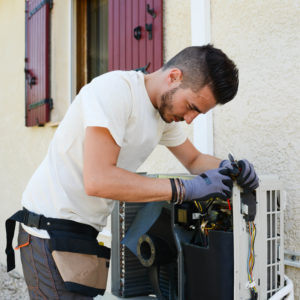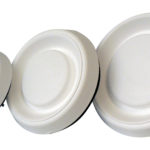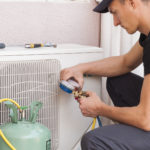 Summer is going to be hot, and your customers will be thinking about their cooling options. As their trusted HVAC professional, it’s your job to help them decide what’s best for their home. You understand how to balance the requirements of your local climate with the needs of each customer’s home. You take care of their building by using wall caps and vents that protect their building envelope. And you can help them to decide whether a new product is right for them.
Summer is going to be hot, and your customers will be thinking about their cooling options. As their trusted HVAC professional, it’s your job to help them decide what’s best for their home. You understand how to balance the requirements of your local climate with the needs of each customer’s home. You take care of their building by using wall caps and vents that protect their building envelope. And you can help them to decide whether a new product is right for them.
Ductless mini-split systems are a trend showing no signs of fading away. When you should recommend and install ductless mini splits?
Like a central system, a ductless system consists of a condenser outside and an air handler inside. With a ductless system, the air exchange occurs in the indoor unit that is installed in the room being cooled, with the heat carried to the outdoor unit via the refrigerant.
Who benefits from a mini split
Homeowners in temperate climates, who don’t need central AC often buy window units or portable air conditioners during a heatwave. These options do the trick, but they tend to be noisy and intrusive, and they are a drain on the electrical bill. When faced with a long hot season, many of your customers will want a better option.
Ductless mini-split systems are quiet, they take up far less space inside than a wall or portable unit, they cost less to run and they also deliver heat. For customers looking to cool only one room or region in their home, they can be a good choice. They’re also a good option for customers building an addition on their house, as it saves them the expense of adding ductwork and rebalancing their HVAC.
Multi-split systems
But, for customers who want to cool their entire house, central AC may be more economical. To cool a large home, they will need a multi-split system which has a single outdoor unit and multiple indoor units. The cost for a multi-split system is about 30% more expensive than central AC.
Downside to ductless systems
While ductless systems run more efficiently, your customer would need to cool the building often to earn back their initial expense.
Since ductless systems draw and return air from the same room, they do not provide adequate ventilation. And with ductless, each room needs an air exchange unit, which takes up a lot more space than the diffusers used for central air.
Installing ductless mini-split system
Keep these tips in mind if your customer chooses the mini-split system:
• Install the lines that connect the indoor and outdoor units with as few bends as possible, and make sure the liquid and suction lines are insulated from one another. You also want to install the indoor and outdoor units within the line length limits set by the manufacturer. If for some reason you are unable to do this, you’ll have to make adjustments to the refrigerant charge.
• Be sure to use the setup appropriate to the voltage your equipment requires. Mini-split systems are either 110v or 220v, and the 220v will require a line directly from the electrical panel. You’ll also have to be mindful of polarity in the wiring, as most mini-splits are designed for the world market, so they are polarity sensitive.
• As with any HVAC equipment, make sure you help your customer select a mini split with the appropriate capacity. And make sure your customer knows how often they need to change the filters to keep the system running well.



